
Hydrogenation of the above compound in the presence palladium catalyst gives
A
an optically active compound
B
an optically inactive compoud
C
a racemic mixture
D
a diastereomeric mixture
Text Solution
The correct Answer is:(B)

Due to cis addition of H2− to the triple bond, the reduced product has a plane of symmetry, hence is optically inactive.
|
Topper's Solved these Questions
- HYDROCARBONSBOOK - FIITJEECHAPTER - HYDROCARBONSEXERCISE - COMPREHENSION
1 Videos
- HYDROCARBONSBOOK - FIITJEECHAPTER - HYDROCARBONSEXERCISE - ASSERTION & REASON
1 Videos
- HYDROCARBONSBOOK - FIITJEECHAPTER - HYDROCARBONSEXERCISE - SOLVED PROBLEMS (SUBJECTIVE)
21 Videos
- GENERAL ORGANIC CHEMISTRYBOOK - FIITJEECHAPTER - GENERAL ORGANIC CHEMISTRYEXERCISE - SINGLE INTEGER ANSWER TYPE QUESTIONS
14 Videos
- IONIC EQUILIBRIUM BOOK - FIITJEECHAPTER - IONIC EQUILIBRIUM EXERCISE - SINGLE INTEGER ANSWER QUESTIONS
4 Videos
Similar Questions
Knowledge Check
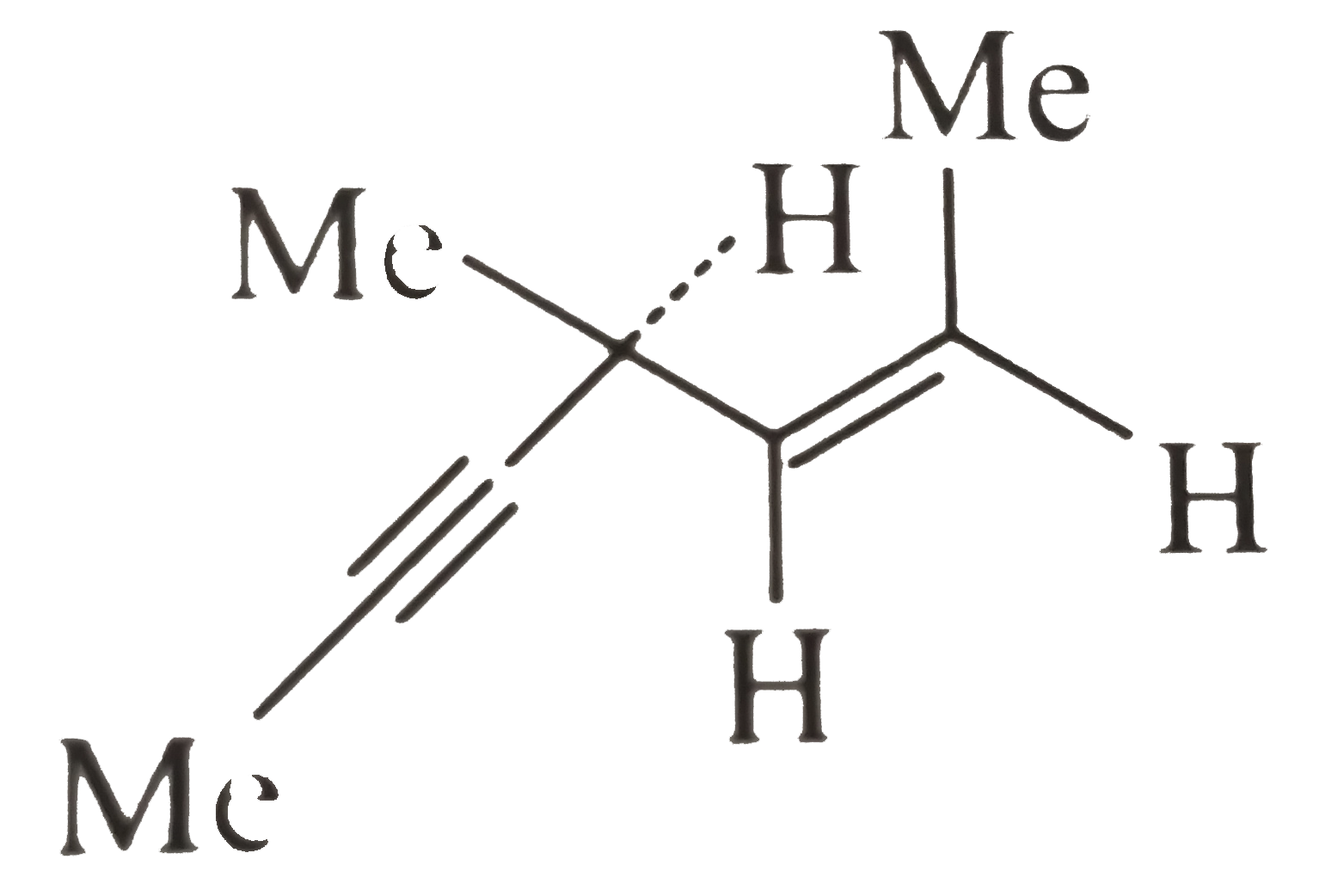
Hydrogenation of the above compound in the presence of poisoned Pd catalyst gives:AAn optically active compoundBAn optically inactive compoundCA racemic mixtureDA diasteromeric mixtureCH3−CH2−CH2−CO−CH2−CH(CH3)2
Catalytic hydrogenation of above compound m the presence of nickel catalyst givesAan optically inactive compoundBan optically active compoundCcompound with plane of symmetryDan tertiary alcoholHydrogenation of the adjoining compound in the presence of poisoned palladium catalyst gives.
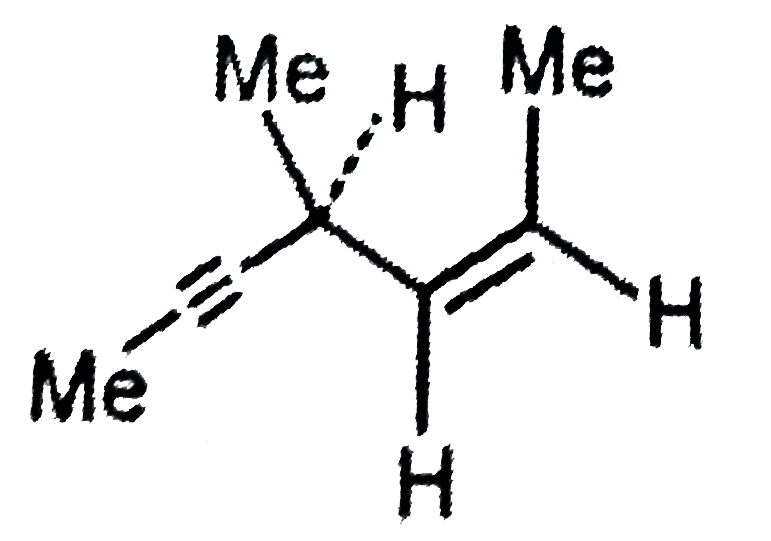 Aan optically active compoundBan optically inactive compoundCa racemic mixtureDa diastereomeric mixture
Aan optically active compoundBan optically inactive compoundCa racemic mixtureDa diastereomeric mixture
Hydrogenation of the adjoining compound in the presence of poisoned palladium catalyst gives
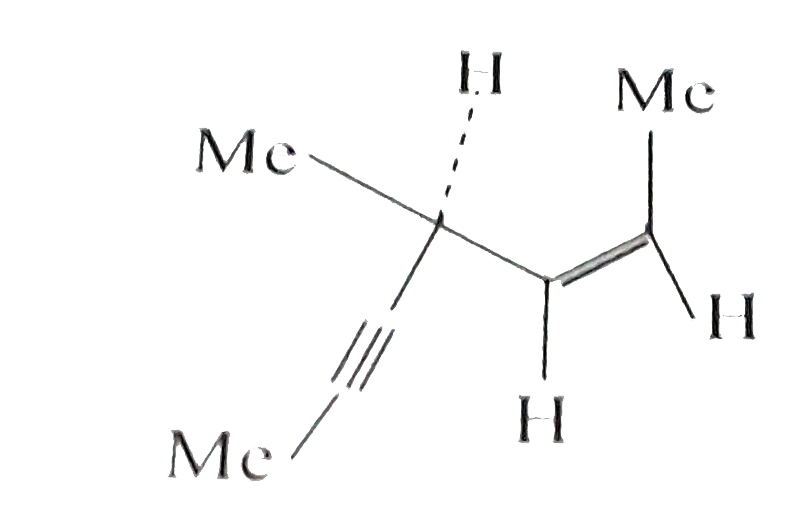
View SolutionHydrogenation of the adjoining compound in the presence of poisoned palladium catalyst gives.

View Solution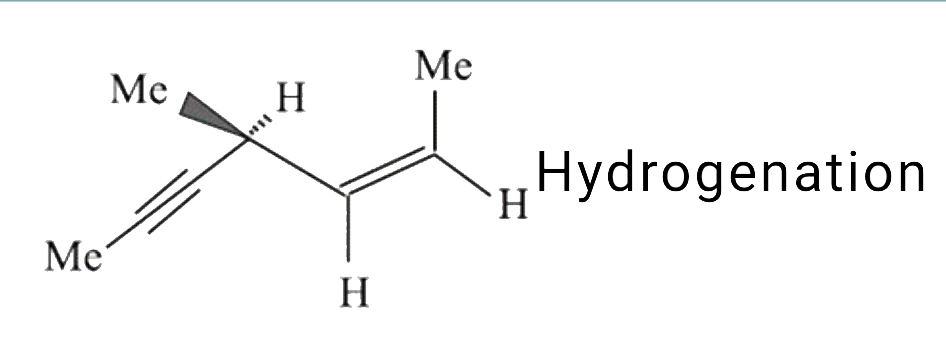 Hydrogenation of the above compound in the presence of sodium in liquid ammonia gives -
Hydrogenation of the above compound in the presence of sodium in liquid ammonia gives -
View Solution Hydrogenation of the above compound in the presence of sodium in liquid ammonia gives -
Hydrogenation of the above compound in the presence of sodium in liquid ammonia gives -
View SolutionHydrogenation of the compound
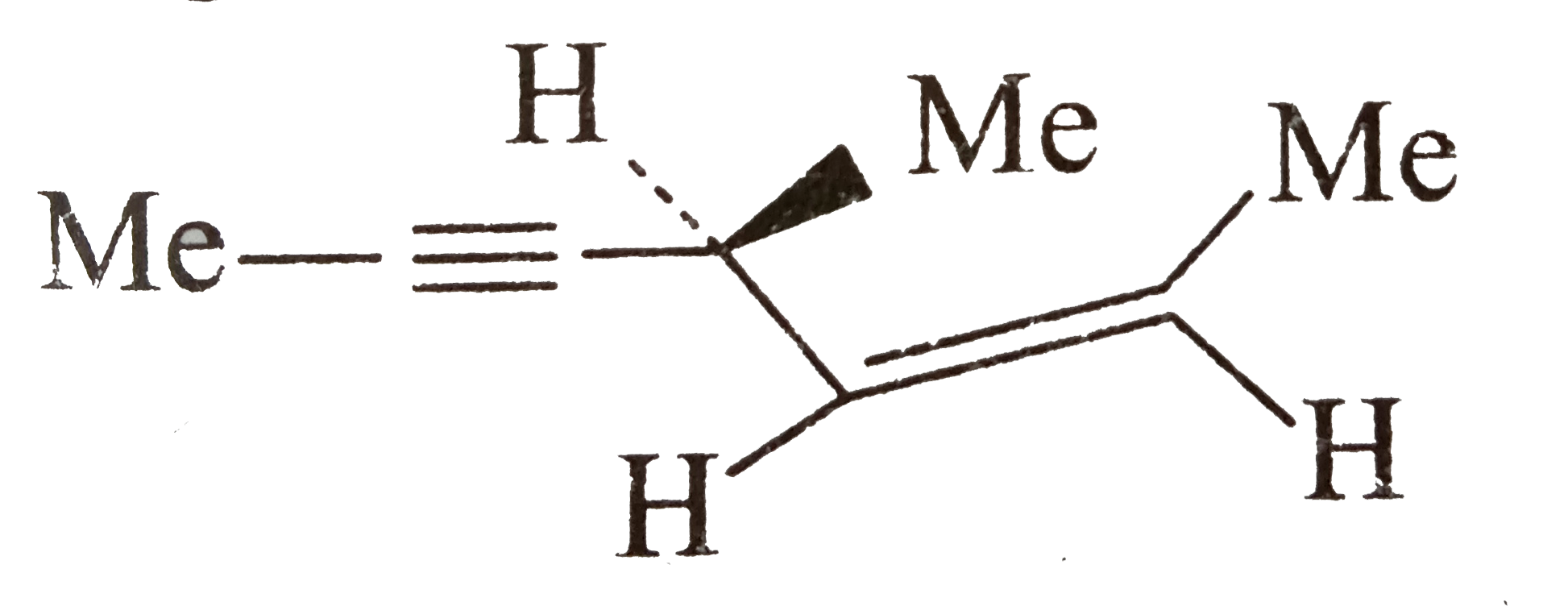
with H2 in the presence of Lindle catayst gives
View Solution

